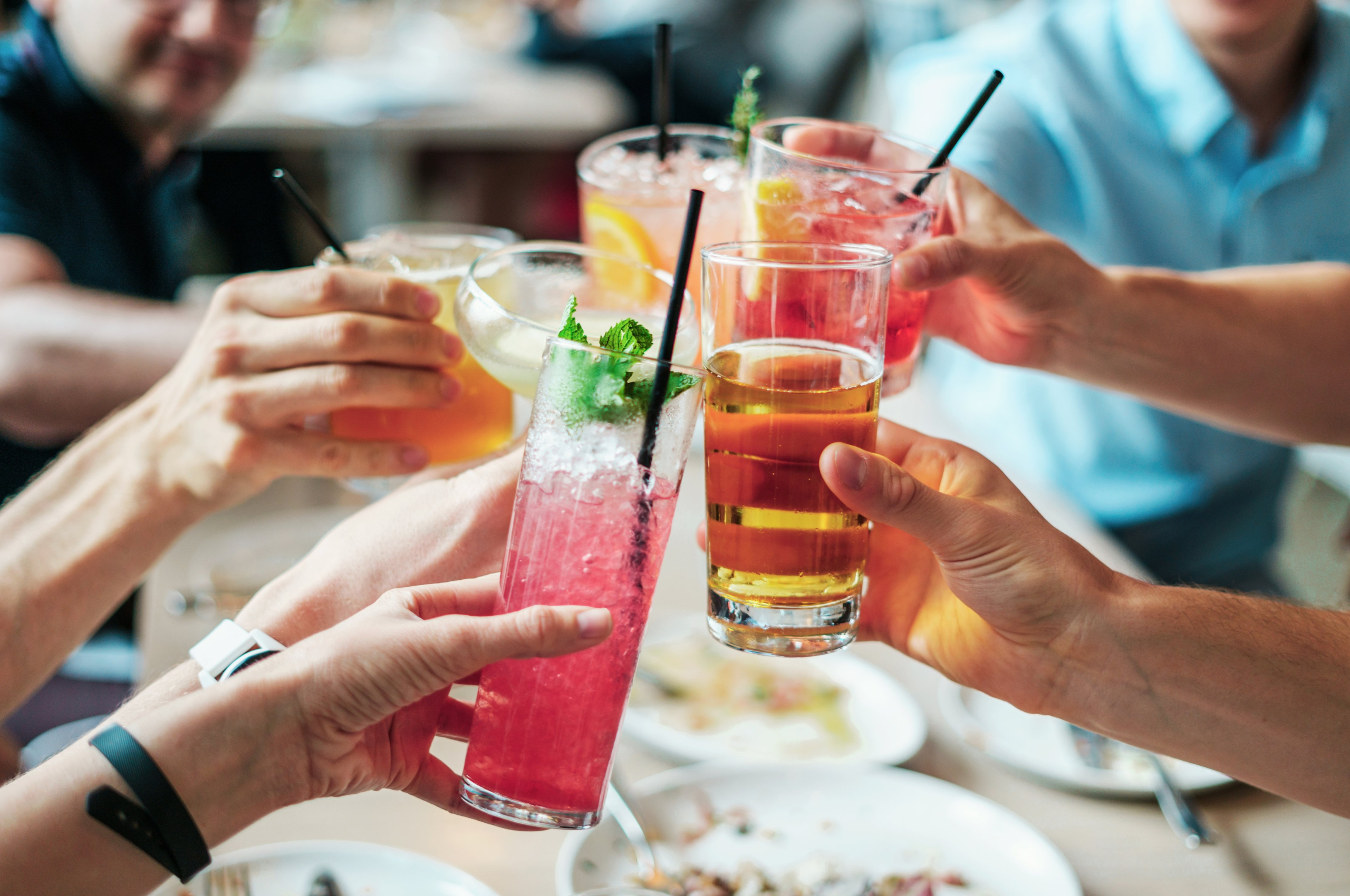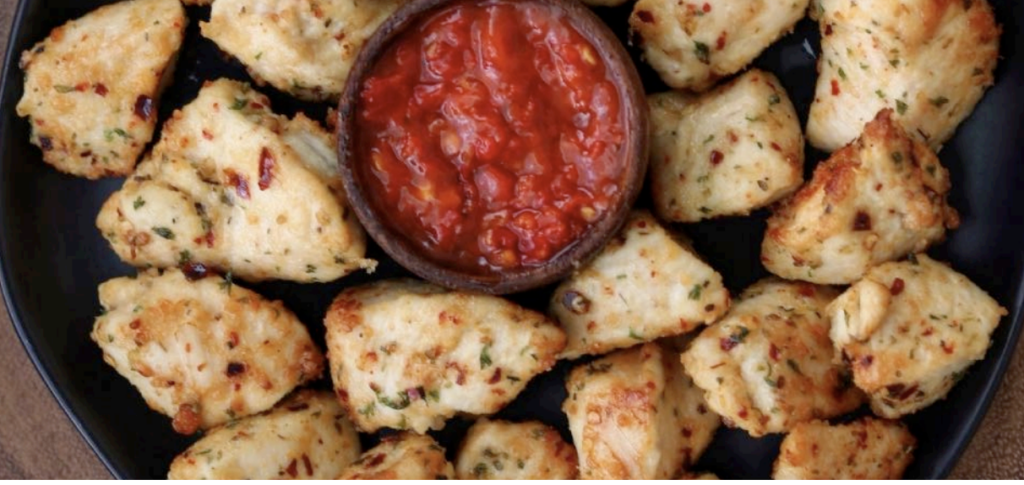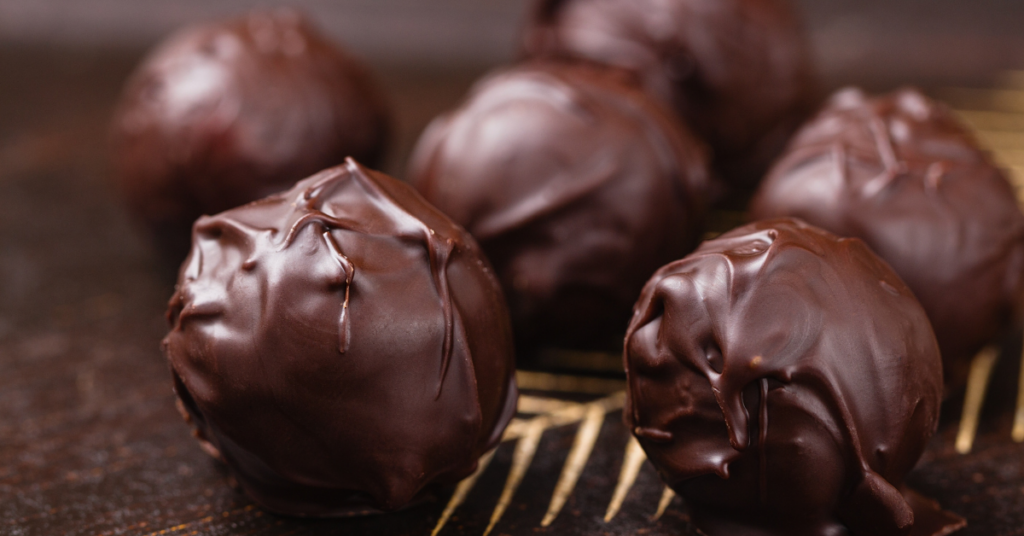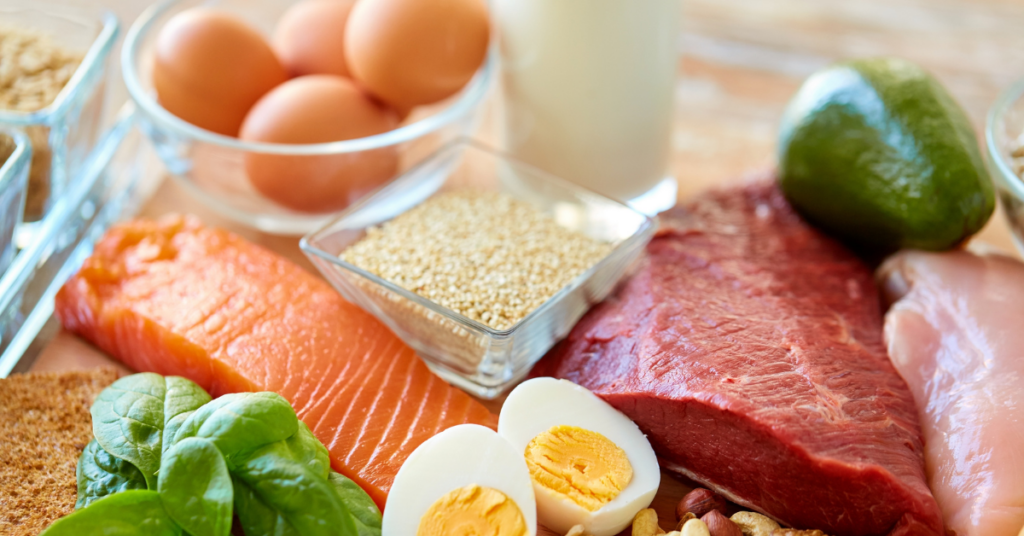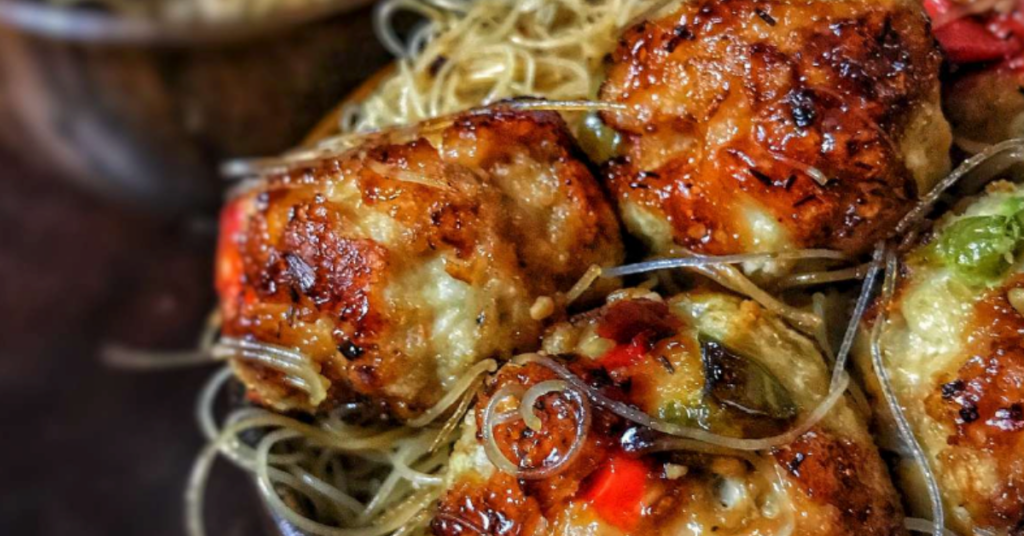More and more celebrities and peers in our local communities are becoming more vocal about not drinking or lessening their spirited beverage intake. Even Spiderman actor, Tom Holland, came out and said that not drinking has improved his health and quality of life.
It’s becoming even more common to see non-alcoholic beers or mocktails in hand at bars and gatherings. Not only is the conversation shifting, but the product offerings available to consumers in this non-alcohol market are booming like never before. Gone are the days when O’Doul’s was the only non-alcoholic beer option available. Now, there’s a plethora of “fake beer” from hoppy craft IPAs, Pilsners, you name it. This new and improved market opens a variety of options for abstainers and moderators alike, which, from a health, body composition, and strength perspective, is a win all around.
Alcohol consumption, even in small amounts, can disrupt body composition and performance. While this may not be new advice for many, the recommendation to reduce or omit alcohol has been reinforced with new position stands and research updates to promote a lifestyle sans alcohol.
Last year, the World Heart Federation confirmed what many health professionals have been saying – that no amount of alcohol is health-promoting. (1) There is no longer any recommended amount of drinking, in contrast to the common narrative of “1 glass of red wine a day is healthy.”
Effects of Alcohol on Body Composition and Weight Loss
Many people’s preferred pastimes may play a role in their ability to lose or maintain weight. Alcohol can hinder weight loss goals and body composition both directly from the alcohol and indirectly from what follows consumption. Here’s how:
Increased Appetite
Alcohol has been shown to stimulate appetite and increase food intake. When alcohol is consumed, it affects the hypothalamus, a part of the brain responsible for regulating appetite and satiety. Alcohol can disrupt the normal signaling pathways that control hunger and fullness, leading to an increase in appetite and a decreased ability to recognize when one is full. As a result, individuals may consume more calories than they need, potentially leading to weight gain.
Energy Density
Alcohol is calorie-dense, providing about 7 calories per gram. This is close to the calorie content of fat, which contains 9 calories per gram, and is higher than carbohydrates and protein, which contain 4 calories per gram. Consequently, consuming alcoholic beverages can significantly contribute to overall calorie intake. In addition to alcohol on its own, it’s often accompanied with high-calorie mixers, sugary additives, or fatty snacks, further increasing the calorie load. These additional calories can easily surpass the daily caloric needs and lead to weight gain. Alcohol can indirectly hinder weight loss efforts by influencing food choices and inhibiting self-control. Alcohol can lower inhibitions, leading to increased appetite and decreased willpower to make healthy food choices. This can result in overeating or opting for high-calorie, nutrient-poor foods. Furthermore, alcohol consumption may disrupt sleep patterns, impair recovery, and increase fatigue, negatively affecting exercise performance and motivation.
Metabolic process
Alcohol can also disrupt various metabolic processes, making it harder to lose weight. When alcohol is consumed, the body prioritizes its metabolism over other macronutrients, such as carbohydrates and fats. As a result, the metabolism of these nutrients is delayed or inhibited, which can lead to their accumulation as body fat.
Impaired Nutrient Absorption
Alcohol can impair the absorption and utilization of various essential nutrients. It can damage the cells lining the gastrointestinal tract, particularly the small intestine, where nutrient absorption occurs for important nutrients like vitamins, and minerals.
Fat Storage
The metabolizing of alcohol takes priority over the metabolism of other macronutrients, particularly fats. When alcohol is consumed, it is quickly metabolized in the liver, producing a compound called acetate. The body uses acetate instead of fat stores as a primary energy source. This means that while the body metabolizes alcohol, the breakdown and oxidation of dietary and stored fats are inhibited, leading to increased fat storage. (5)
It’s important to note that the effects of alcohol on appetite, nutrient absorption, and fat storage can vary depending on factors such as the amount of alcohol consumed, individual metabolism, overall diet and lifestyle, and genetic predispositions. However, excessive or chronic alcohol consumption can disrupt these processes and contribute to weight gain or hinder weight loss efforts.
Alcohol’s Impact on Sport: Performance and Muscle Building
In addition to weight-related goals, alcohol also negatively impacts muscle protein synthesis. This means alcohol can diminish our returns in the gym! Not ideal when we’re putting in consistent effort with our gym classes or weightlifting. There are short-term and longer-term impacts of alcohol consumption.
Short term implications include the following:
- Risk of Injury increases to 54.8% for drinkers vs 23.5% for non-drinkers
- Increased urine production
- Decline in decision-making skills
- Impaired, poor-quality sleep and duration
- Decreased strength and power
- Decreased aerobic performance and power due to fatigue
Chronic, long-term impacts of alcohol include:
- Increased risk of anxiety, depression, dementia
- Diseases of the cardiovascular system and liver
- Nutrient absorption and deficiencies can occur with heavier drinking
- Changes in overall weight, or lean mass and muscle can change
Reducing alcohol intake to support weight loss strength goals:
For some, reducing drinking can require some effort. However, with practice, it will be easier and more enjoyable. Consider some of these ideas when planning your next social outing!
Set Clear Goals:
Start by setting clear and realistic goals for reducing your alcohol consumption. For example, you might decide to have alcohol-free days during the week or limit yourself to a certain number of drinks per week, or per outing.
Dry Drink Tasting:
Sample non-alcoholic beverage products with friends, and/or experiment with Stronger U’s Mocktail recipes!
Stay Hydrated:
Opt for hydrating alternatives to alcohol, such as infused water, unsweetened iced tea, or sparkling water with a splash of citrus. Staying hydrated can help curb cravings and keep you feeling refreshed.
Plan Alternative Social Activities:
Instead of meeting friends at a bar or a restaurant where alcohol is the central focus, plan social activities that don’t revolve around drinking. Consider going for outdoor activities like hiking, swimming, or picnics in the park, where alcohol isn’t the main attraction.
Choose Lower-Calorie Options:
When you do choose to drink, opt for lighter options. For example, skipping juice, added sugar, or frozen, blended mixed drinks. Instead, opting for sparking water, and fresh citrus like lemon or lime can make an impact.
Practice Mindful Drinking:
Be mindful of your alcohol consumption by savoring each drink and drinking slowly. Take breaks between drinks and alternate alcoholic beverages with non-alcoholic options to reduce overall intake.
Avoid Triggering Environments:
If certain environments or situations tend to lead to excessive drinking, consider avoiding or minimizing your presence in those settings. This could involve skipping parties where excessive alcohol consumption is likely or politely declining invitations to events centered around heavy drinking.
Social Support:
Share your goals with friends and family who can support your efforts to reduce alcohol intake. Having a support system can help keep you accountable and provide encouragement along the way.
Focus on Overall Health:
Shift your focus towards overall health and wellness. Engage in activities that promote physical fitness, or a hobby you’re interested in. By prioritizing your well-being, you may find it easier to make conscious decisions about alcohol consumption.
Non-Alcoholic Options
At Stronger U, we help our members figure out what’s best for them in terms of what they need more, or less of. Alcohol can still fit into your lifestyle, and we help members enjoy it in the most intentional way. To help inspire you, we’re sharing some of our Stronger U team non-alcoholic favorites:
Athletic Brewing’s Run Wild IPA
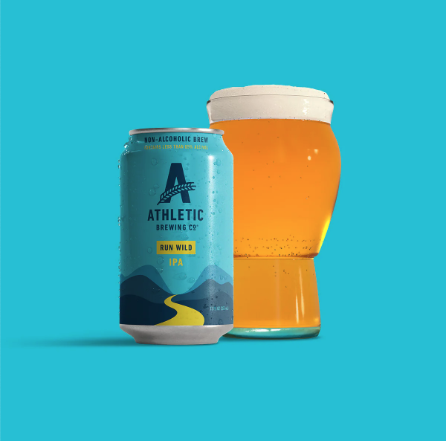
“As someone who really enjoys a good IPA beer, I was surprised at how much Athletic Brewing’s Run Wild IPA tastes like the real thing. You truly get the hoppy flavor without the alcohol or extra calories.” -Atali Connor, Content Coordinator.
Two Roads Brewing Juicy IPA
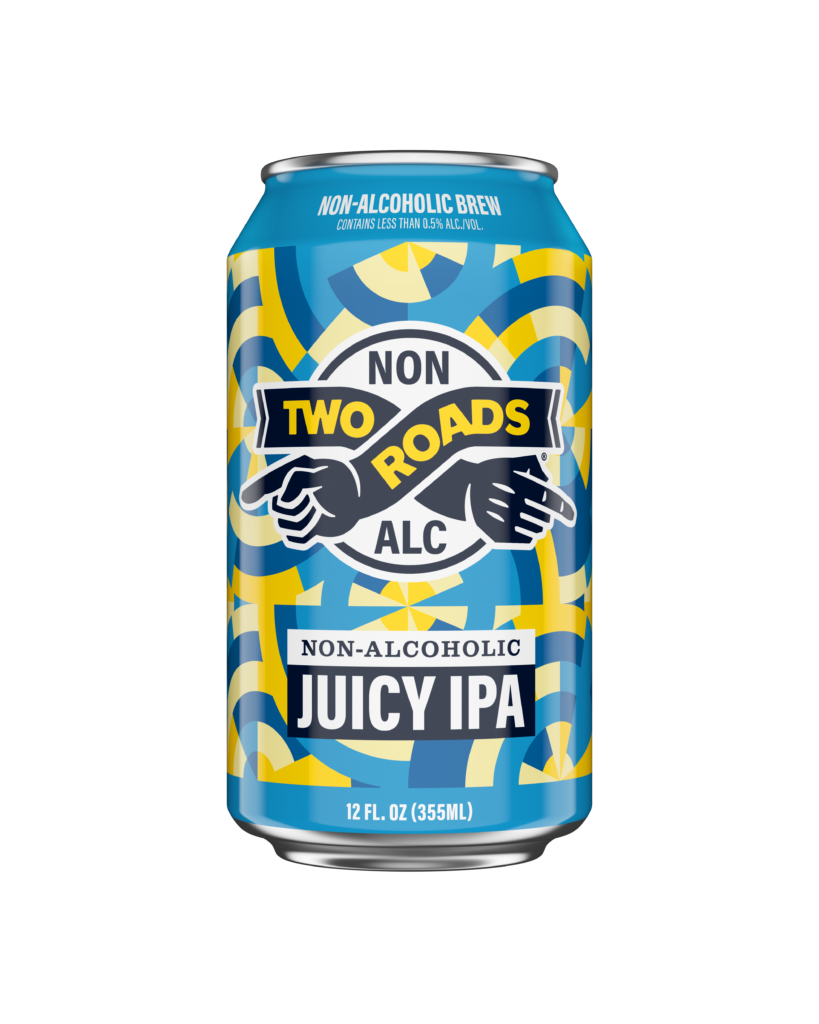
“I love New England style, hazy IPAs so Two Roads Brewing Non Alcoholic Hazy Juicy IPA hits the mark! Plus, it looks the part!” – Gianna Masi, RDN, CISSN, Manager of Nutrition Education & Innovation.
Paloma Mocktail (Faux-Loma)
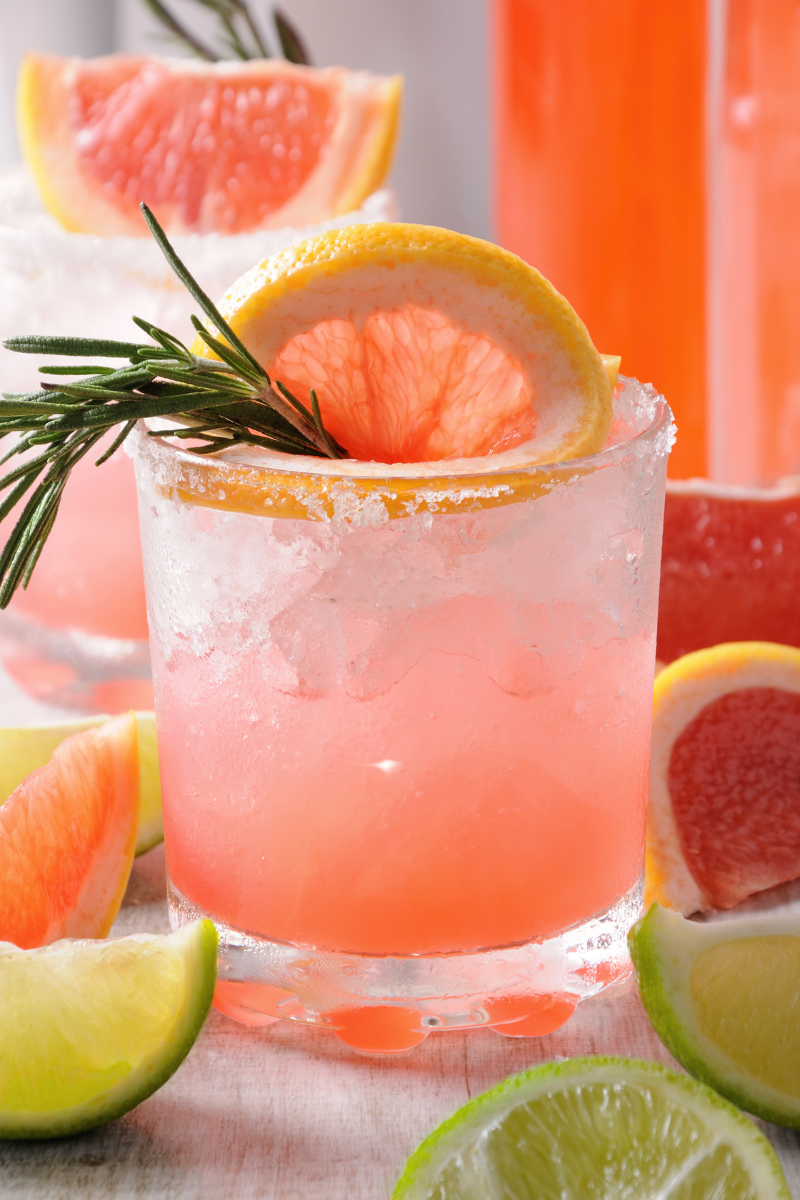
“Faux-loma is bright and sweet with a perfect punch. Just combine 1.5oz grapefruit juice and .5oz Acid League Strawberry Rosé vinegar in a cup that makes you feel fancy. Top with sparkling water of your choice and a garnish of your choice for a festive mocktail without the hangover.” -Kenzie Faris, Community Manager
In conclusion, it’s important to know the effects of alcohol on our health and well-being to be informed consumers. While alcohol doesn’t directly provide any health benefits, there is no shame in our choices. Whether you’re someone who is trying to slightly reduce consumption, or avoid it altogether, we’re happy to help you with ideas, tricks, and social advice for every season or phase of life in between.
References:
World Heart Federation Policy Brief: https://world-heart-federation.org/wp-content/uploads/WHF-Policy-Brief-Alcohol.pdf
CDC Dietary Guidelines for Alcohol https://www.cdc.gov/alcohol/fact-sheets/moderate-drinking.htm#:~:text=To%20reduce%20the%20risk%20of,days%20when%20alcohol%20is%20consumed.
Dietary Guidelines for Americans, 2020-2025 https://www.dietaryguidelines.gov/resources/2020-2025-dietary-guidelines-online-materials
Brumback, T., Cao, D., & King, A. (2007). Effects of alcohol on psychomotor performance and perceived impairment in heavy binge social drinkers. Drug and Alcohol Dependence, 91(1), 10-17. doi: 10.1016/j.drugalcdep.2007.04.013
You M, Arteel GE. Effect of ethanol on lipid metabolism. J Hepatol. 2019 Feb;70(2):237-248. doi: 10.1016/j.jhep.2018.10.037. PMID: 30658725; PMCID: PMC6436537.
Cederbaum AI. Alcohol metabolism. Clin Liver Dis. 2012 Nov;16(4):667-85. doi: 10.1016/j.cld.2012.08.002. PMID: 23101976; PMCID: PMC3484320.
